The captivating realm of the world of reptiles is filled with a diverse array of creatures, each possessing unique traits and behaviors that have evolved over millions of years. From elusive chameleons capable of blending seamlessly into their surroundings to ancient giants, such as crocodiles which remained virtually unchanged for eons, these reptiles bear witness to evolution’s wonders and adaptation. Embarking on this exploration through the mesmerizing world lets us delve deeper into insights about their behavior, habitats, and critical role in our ecosystems.
What Defines Reptiles?
Distinguished by their ectothermic nature, reptiles rely on external heat sources to regulate body temperature. This characteristic markedly separates them from endothermic creatures, birds and mammals being prime examples, which possess the ability to generate innate body warmth through metabolic processes.

Key Elements
Reptiles present a distinctive trait: their scaly skin. Serving not just as protection, these scales also assist in reducing water loss. Reptiles flourish even within arid environments. Depending on the species, scales, which may be smooth, keeled, or even horned, come in an array of shapes and sizes.
Read More: Breeding Fish: A Beginner’s Guide to Understanding Fish Reproduction- October 2023
Most reptiles lay eggs with either leathery or calcified shells for reproduction. This adaptation is crucial to their survival and enables them to inhabit terrestrial domains. Unlike amphibians relying on moist environments for reproduction, reptiles utilize a different mechanism, as their shelled eggs serve as a shield- protecting the developing embryos from desiccation.
Terrestrial Lifestyles
Reptiles, primarily terrestrial creatures in contrast to the frequently aquatic-associated amphibians, have triumphantly evolved to dominate a variety of habitats, including deserts, forests, grasslands, and even the ocean. This stands as a testament to their remarkable adaptability. Their adaptability has enabled them to inhabit an extensive range of ecological niches, a feat demonstrating their remarkable versatility.
Reptiles: An Evolutionary History
Reptiles, with their storied history extending back hundreds of millions of years, have experienced a labyrinthine evolutionary journey that has seen the ascendance and decline of various reptilian groups, ultimately giving rise to modern reptiles. To understand this tale is to gain significant insights into the contemporary diversity and adaptations within today’s reptile kingdom.
Read More: Common Health Issues in Cats: Symptoms, Risks and Preventive Care – September 2023
Around 300 million years ago, during the Carboniferous period, the earliest reptiles appeared as small, lizard-like creatures, considered today’s ancestors of reptiles, birds, and mammals alike. Reptiles diversified over time, giving rise to iconic groups such as dinosaurs, pterosaurs (the flying variety), and marine entities like ichthyosaurs or plesiosaurs.
The end of the Cretaceous period marked the dinosaurs’ extinction, paving a path for modern reptiles. Today, these creatures represent four major branches on the evolutionary tree: Crocodilia (crocodiles and alligators), Sphenodontia (tuataras), Squamata (lizards and snakes), and Testudines (turtles), each boasting an intriguingly distinct evolutionary history.
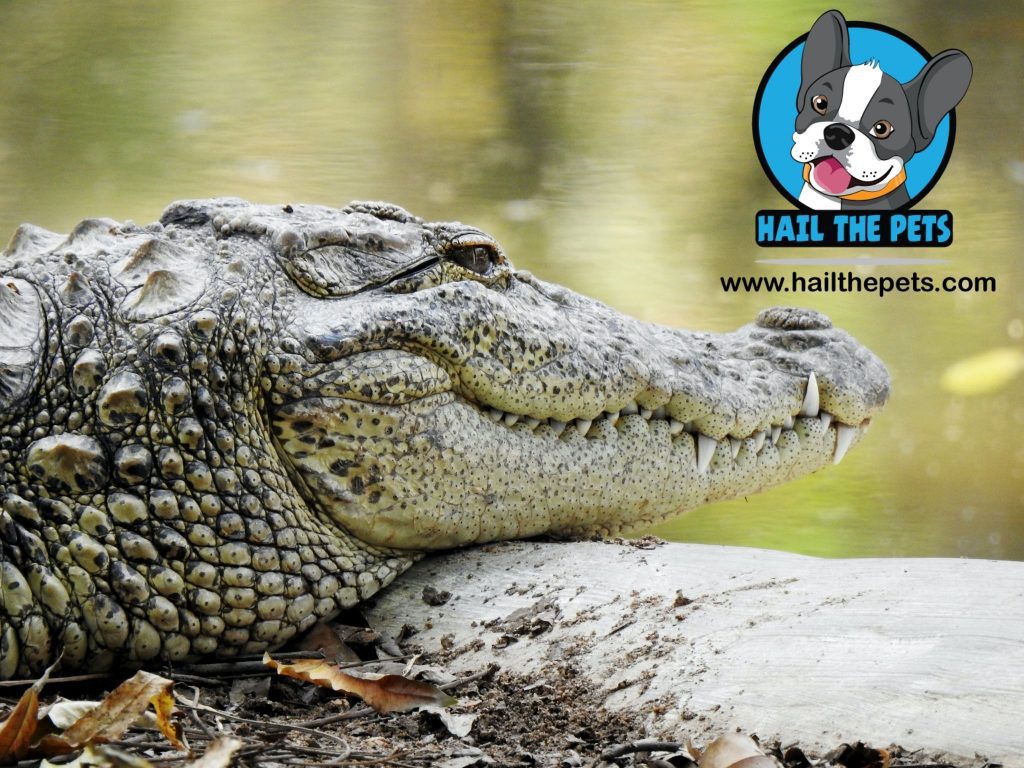
Diversity in Reptiles
In the reptilian world, we encounter a staggering diversity of species, each exhibiting its unique characteristics and adaptations. As we delve into the numbers and classifications of reptiles, we gain an enhanced understanding of their incredible variety
What is the Total Number of Reptile Species Worldwide?
According to the most recent scientific estimates, Earth is home to over 10,000 identified reptile species. Furthermore, this number continues to grow as researchers discover new species in untamed and uncharted regions. Reptiles exhibit remarkable adaptability, and they are found on every continent except Antarctica.
Major Groups: A Classification of Reptiles
Reptiles can be categorized into four major groups, each with unique characteristics and a distinct evolutionary history.
Turtles
Turtles, ancient reptiles known for their largely unchanged protective shells that have persisted for millions of years, can inhabit both aquatic and terrestrial environments. Some notable examples include:
Marine Turtles: Species such as the loggerhead and leatherback sea turtles, perfectly adapted to oceanic life, boast streamlined shells and powerful flippers for swimming.
Terrestrial Turtles: The desert tortoise and the box turtle, both examples of land-dwelling turtles, have adapted to arid environments. In these habitats, their sturdy shells serve a dual purpose: they provide protection from predators and shield them from harsh environmental conditions.
Freshwater Turtles: Many turtles, such as the painted turtle and red-eared slider, dwell in freshwater ecosystems, including ponds, lakes, and rivers.
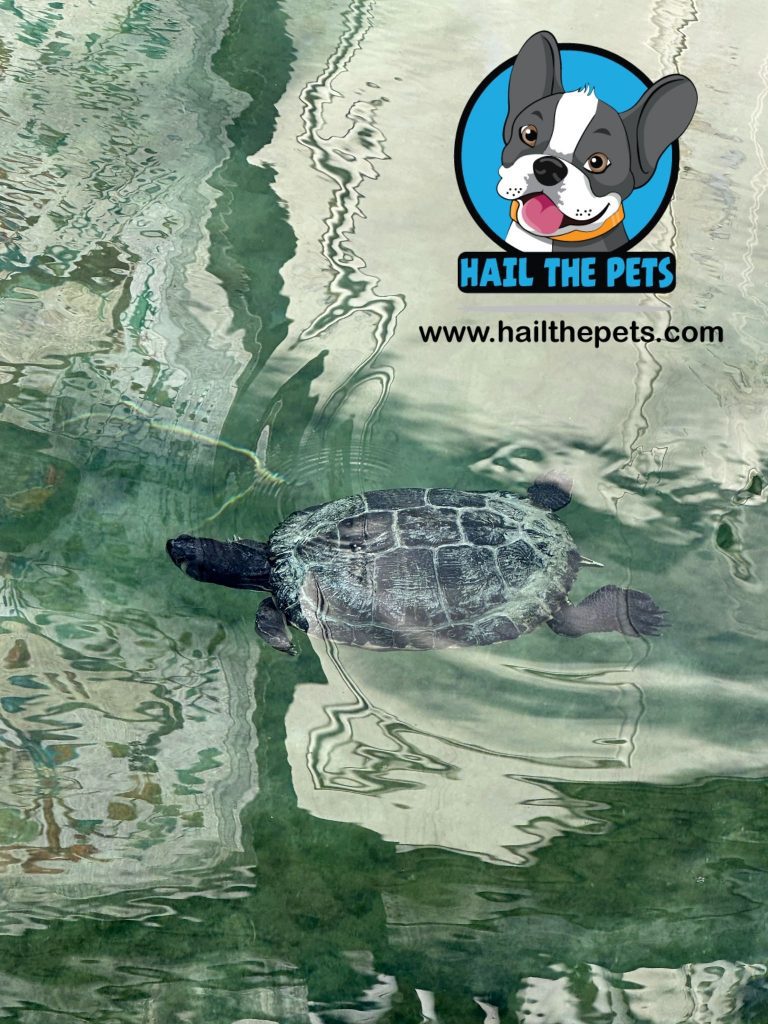
Snakes
Snakes, with their legless bodies and striking adaptations for predation, enthrall as some of the most captivating yet misunderstood reptiles. They display a broad range of diversity, from venomous cobras to constrictors like expert pythons. Some notable adaptations include:
Venomous Snakes: Species like the rattlesnake, cobra, and black mamba possess potent toxins for subduing prey, representing an extraordinary evolution of adaptation.
Constrictor Snakes: Non-venomous constrictor snakes like the boa constrictor and anaconda employ powerful coils to squeeze the life out of their prey.
Arboreal Snakes: Certain snakes, such as the green tree python and vine snake, have adapted to arboreal life with expertise in climbing and ambush predation.
Read more: Understanding cat behavior: How to decode cat cues for better communication- June 2023
Lizards
Lizards, a diverse group encompassing entities as small as geckos and as large as massive monitor lizards, present an intriguing study subject due to their broad range of behaviors and adaptations. Some examples include:
Geckos: Appreciated for their extraordinary adhesive toe pads, geckos can effortlessly scale walls and ceilings. They are also known for their communication skills through vocalization.
Chameleons: Renowned for their color-changing abilities, used for strategic camouflage and intricate communication. Chameleons have independently mobile eyes, providing them with an expansive field of vision.
Monitor Lizards: Representing the largest lizards on Earth, particularly exemplified by the Komodo dragon, monitor lizards are formidable predators, wielding powerful jaws and sharp claws.
Crocodilians
Crocodilians, comprising crocodiles, alligators, and caimans, represent the closest living relatives of dinosaurs. They are effectively living relics known for their formidable strength and semi-aquatic lifestyles. Notable examples include:
Nile Crocodile: Renowned as one of the world’s most aggressive and dangerous reptiles, the Nile crocodile is famed for its cunning hunting techniques and powerful bite.
Learn more: Reptiles Blog – Care Guides On Health, Habitat And Behavior
American Alligator: Primarily found in the southeastern United States, American alligators have successfully adapted to various habitats, including both freshwater and brackish environments.
Caimans: Smaller relatives of crocodiles, often found in Central and South America, are collectively referred to as Spectacled Caiman.
These diverse reptilian groups showcase a wide range of adaptations and behaviors, making them a subject of fascination for biologists and nature enthusiasts alike.
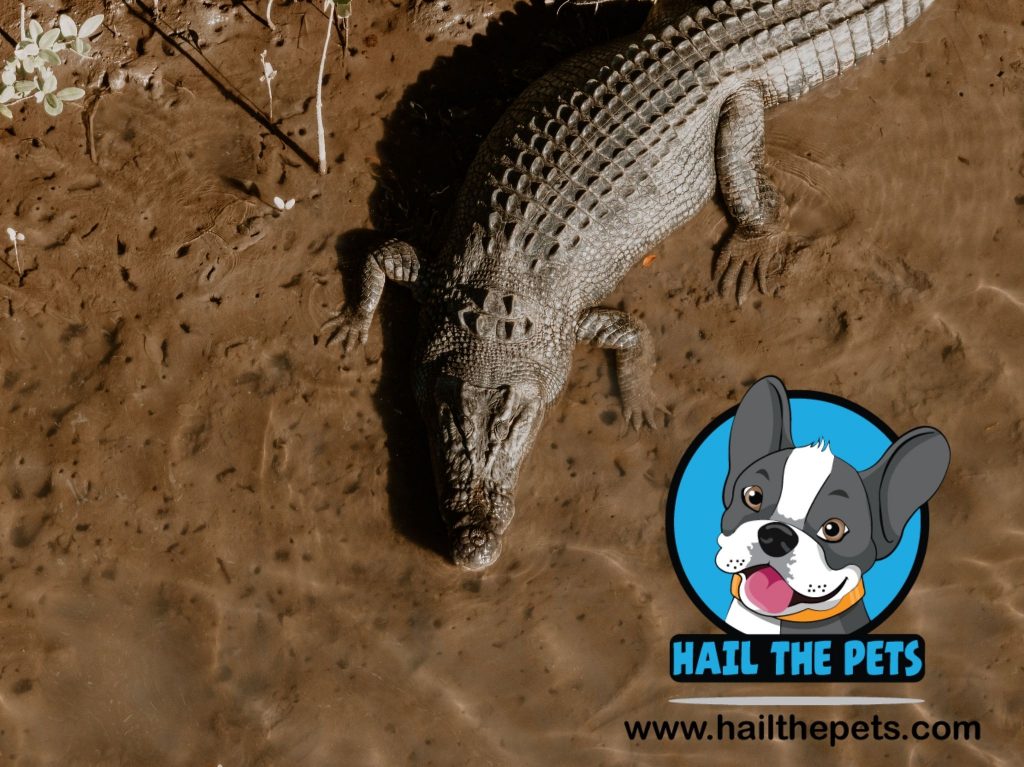
Prominent Reptile Species Illustrations in Every Category
To truly appreciate the rich diversity of reptiles, let’s explore some noteworthy species from each major group: snakes, lizards, turtles, and crocodilians.
Turtles
Leatherback Sea Turtle (Dermochelys coriacea)
Characterized by its unique leathery skin and embedded osteoderms, the Leatherback Sea Turtle stands out as the largest among all sea turtles. These marine giants can weigh an impressive 2,000 pounds and are renowned for their extensive migratory patterns across worldwide oceans.
Galápagos Giant Tortoise (Chelonoidis nigra)
Native to the Galápagos Islands, the Galápagos Giant Tortoise boasts an extended lifespan, enduring for over a century. Their colossal size and distinct shell shapes played instrumental roles in Charles Darwin’s revolutionary theory of evolution.
Learn more about: Exploring Unusual Bird Behaviour Top Ten Popular Birds to Keep as Pets_20231002_152141_0000
Snakes
King Cobra (Ophiophagus hannah)
As the world’s longest venomous snake, the King Cobra resides in Southeast Asia. Notable for its remarkable size and potent venom, this snake’s lethal substance can immobilize and extinguish a human life within mere hours if left untreated. The king cobra, though bearing a fearsome reputation, is indeed an impressive creature.
Ball Python (Python regius)
In stark contrast to the King Cobra, the Ball Python is a non-venomous snake known for its gentle disposition and captivating appearance. Native to sub-Saharan Africa, this snake is popular in the pet trade. When threatened, ball pythons curl into a tight sphere, a unique defense mechanism that grants them their name.
Lizards
Komodo Dragon (Varanus komodoensis)
Hailing from the Indonesian islands of Komodo, Rinca, Flores, and Gili Motang, the Komodo Dragon is the world’s largest lizard, capable of reaching lengths up to 10 feet. Despite its size, this lizard reigns as a top predator in its ecosystem, combining agility with an acute sense of smell during hunts.
Veiled Chameleon (Chamaeleo calyptratus)
Originating from Yemen and Saudi Arabia, the Veiled Chameleon takes the reptile’s famed ability to change color to an extraordinary level. These vibrant creatures have gained popularity in the pet trade, utilizing their color-changing capabilities for communication and camouflage.
Crocodilians
Saltwater Crocodile (Crocodylus porosus)
Scientifically known as Crocodylus porosus, the Saltwater Crocodile holds the title of the largest living reptile, with a habitat spanning throughout the Indo-Pacific region. Widely known for their aggression, these apex predators demonstrate a remarkable ability to thrive in both salt and freshwater environments, often considered among the most dangerous animals on Earth.
Read more: Creating a viable dog schedule for your canine: A guide for busy pet owners- July 2023
American Alligator (Alligator mississippiensis)
A recognizable presence in the southeastern United States, the American Alligator inhabits swamps, rivers, and lakes. In contrast to the saltwater crocodile, alligators exhibit lesser aggression towards humans and are emblematic of a conservation success story, having made an impressive recovery from near extinction.
These notable reptile species offer just a glimpse into the incredible diversity and adaptations within the world of reptiles. Each possesses unique characteristics and plays distinct ecological roles, showcasing the remarkable variety inherent in reptilian life.
Exploring The Reptile Habitat
Join us on an intriguing journey: a comprehensive exploration through the world of reptiles. It is remarkable to note that these creatures, masters of adaptation, thrive in a wide range of habitats across diverse ecosystems around our planet; this diversity, quite astonishingly, shows their ecological significance. Our upcoming expedition aims to shed light on this intricate relationship between reptiles and their environments.
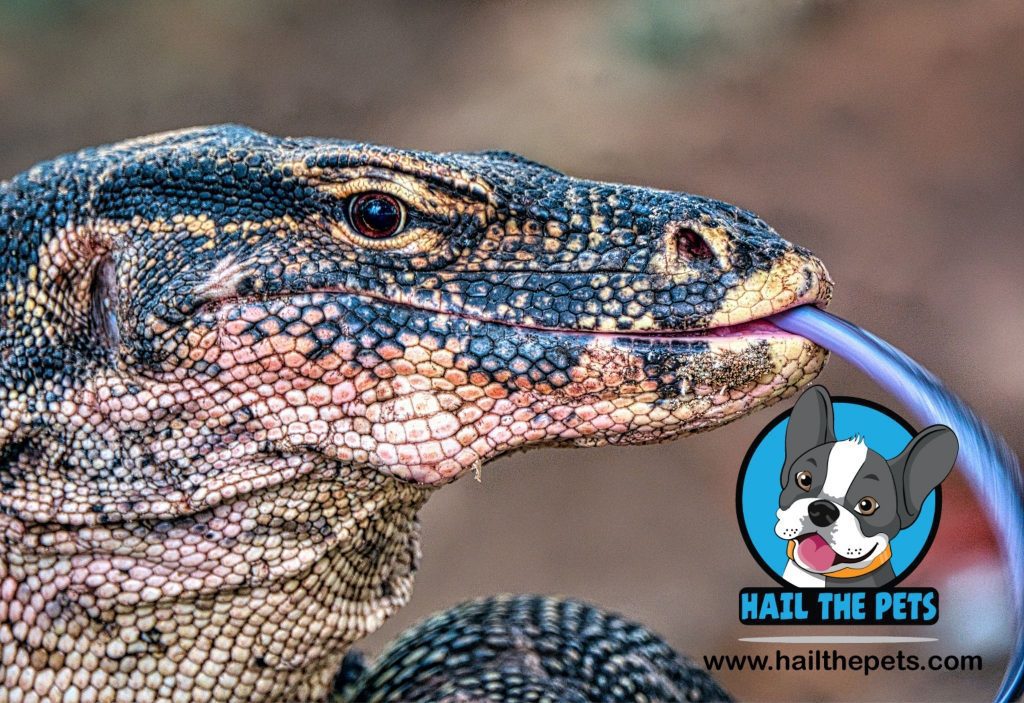
Not confined to a singular habitat type, reptiles have exhibited their adaptability by colonizing an array of environments. Now let’s explore, delve into, the most remarkable habitats where these creatures thrive:
Deserts
Deserts are places where water is scarce; they host a variety of unique plant and animal species – each adapted to survive in the harsh conditions.
Extreme temperatures and scarce water resources characterize deserts as challenging ecosystems. Yet, despite these harsh conditions, reptiles exhibit unique adaptations to thrive. Take lizards – particularly the horned lizard, as it possesses specialized skin that enables absorption of water from rain or dew. Like the Sidewinder Rattlesnake, snakes have efficiently adapted to movement on loose sand: their evolution clearly demonstrates nature’s adaptability, an impressive trait indeed.
Read more: Ten Deadly Fish Diseases: Tips And Tricks To Prevent Them – October 2023
The desert tortoise, which is one of the most iconic desert reptiles has evolved efficient water retention mechanisms that allow its survival in arid landscapes; often, to escape the day’s intense heat, they dig burrows.
Rainforests
Rainforests, lush, vibrant ecosystems,homes to countless species; hotbeds of biodiversity.
Rainforests present a stark contrast to deserts with their dense vegetation and high humidity; here, chameleons thrive in the lush canopy. Their remarkable abilities, notably camouflage, equip them splendidly for hiding from predators and stalking prey.
One of the world’s largest snakes, the anaconda, makes its home in the Amazon rainforest; an aquatic giant, it relies on the crisscrossing network of rivers and swamps throughout this forest. Its adaptability to water enables it to ambush prey near riverbanks: a testament to its survival prowess within such an environment.
Learn more about: Breeding Fish: A Beginner’s Guide to Understanding Fish Reproduction- October 2023
Savannas and Grasslands
Savannas and Grasslands: These dynamic ecosystems exhibit fascinating characteristics; they provide sustenance to a diverse range of flora and fauna – serving as their primary habitats. Furthermore, these regions are critical for the earth’s climate regulation – balancing carbon dioxide levels in our atmosphere effectively.
Numerous reptile species occupy the realm of open grasslands and savannas; in particular, monitor lizards – such as the Savannah Monitor – thrive within this ecosystem. These creatures utilize their powerful limbs to traverse swiftly across these landscapes; simultaneously, they employ their sharp claws for digging, a crucial part of their food gathering routine.
Grassland snakes, particularly the African egg-eating snake, have undergone evolution to specialize in consuming eggs as their primary food source; equipped with specialized jaws and teeth, they easily crack open bird eggs.

Wetlands
Wetlands: areas of diverse ecological importance, provide habitat for a multitude of wildlife species, serve as filters to clean water and control flooding by allowing the slow release after heavy rainfall. Furthermore, they are critical zones for carbon sequestration which helps mitigate climate change, an environmental issue that is increasingly gaining attention in global discourse.
Wetlands: swamps, marshes, and mangroves; serve as a sanctuary for reptiles – American alligators in particular. These creatures, often associated with the southeastern United States’ swamplands, represent apex predators within these waterlogged landscapes.
On the other hand, saltwater crocodiles master the mangrove habitat; these formidable reptiles, known to inhabit both freshwater and saltwater environments, demonstrate a high level of adaptability that makes them successful predators.
Learn more about: Traveling with a cat? Do’s and Don’ts of traveling with your furry friend that you must keep in mind- May 2023
Coral Reefs
These vital ecosystems are not static environments; rather, they continually evolve and adapt, supporting an astonishing diversity of marine life.
Beneath the waves thrive coral reefs: bustling ecosystems teeming with marine life; sea turtles, particularly the green sea turtle, seek refuge here. These herbivores,relying on a diet of seagrasses and algae,play an integral role in preserving the health of their coral reef home environments.
Sea snakes, representative of reef-associated reptiles, exhibit unique adaptations to a full aquatic life: their bodies are flattened and their tails resemble paddles, these specific traits enable them to navigate the complex labyrinth of coral formations adeptly.
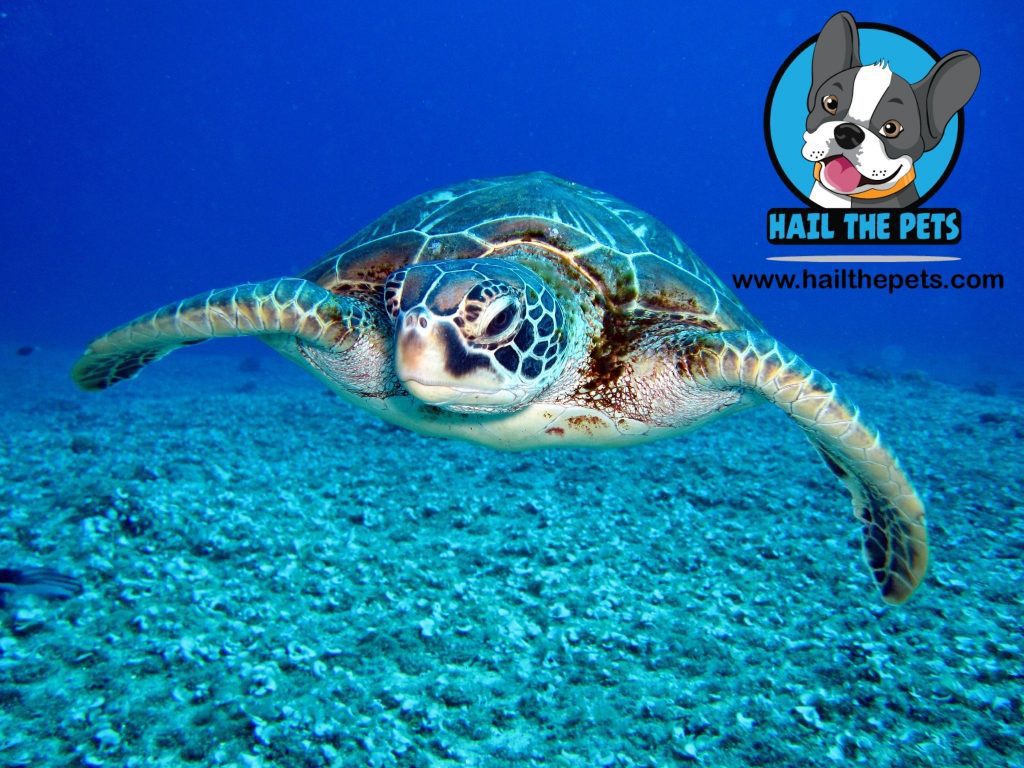
High Altitudes and Mountains
Mountain ranges and other high-altitude environments serve as habitats for some surprising reptile denizens; garter snakes, to be specific, inhabit North American mountainous regions. These creatures have adapted to cooler climates, often seen basking on rocks in an effort to elevate their body temperature.
The Himalayan pit viper exemplifies a cold-adapted reptile, as it inhabits the Himalayas, armed with venomous fangs, a lethal tool used to ensnare prey in its frigid, high-altitude terrain.
Islands
Islands: these isolated landforms, surrounded by vast expanses of water on all sides, both large and small in size, embodying diverse ecosystems that boast a unique array of flora and fauna, provoke profound wonder among explorers.
Read more: Litter Box Training: Tips and Tricks to Successfully Introduce Litter Box Your Feline – August 2023
Isolated from mainland ecosystems, islands frequently serve as sanctuaries for unique reptile species and the Galápagos Islands, renowned for Charles Darwin’s visitation, provide shelter to a multitude of such as giant tortoises and marine iguanas. Evolution has proceeded undisturbed in this isolation, triggering the emergence of distinct adaptations among these creatures.
Madagascar, acclaimed as the “island of reptiles”, boasts a remarkable assortment of chameleons, geckos, and snakes; many such species exist nowhere else on Earth. This emphasizes the significance of island habitats and is paramount in sustaining reptile diversity.
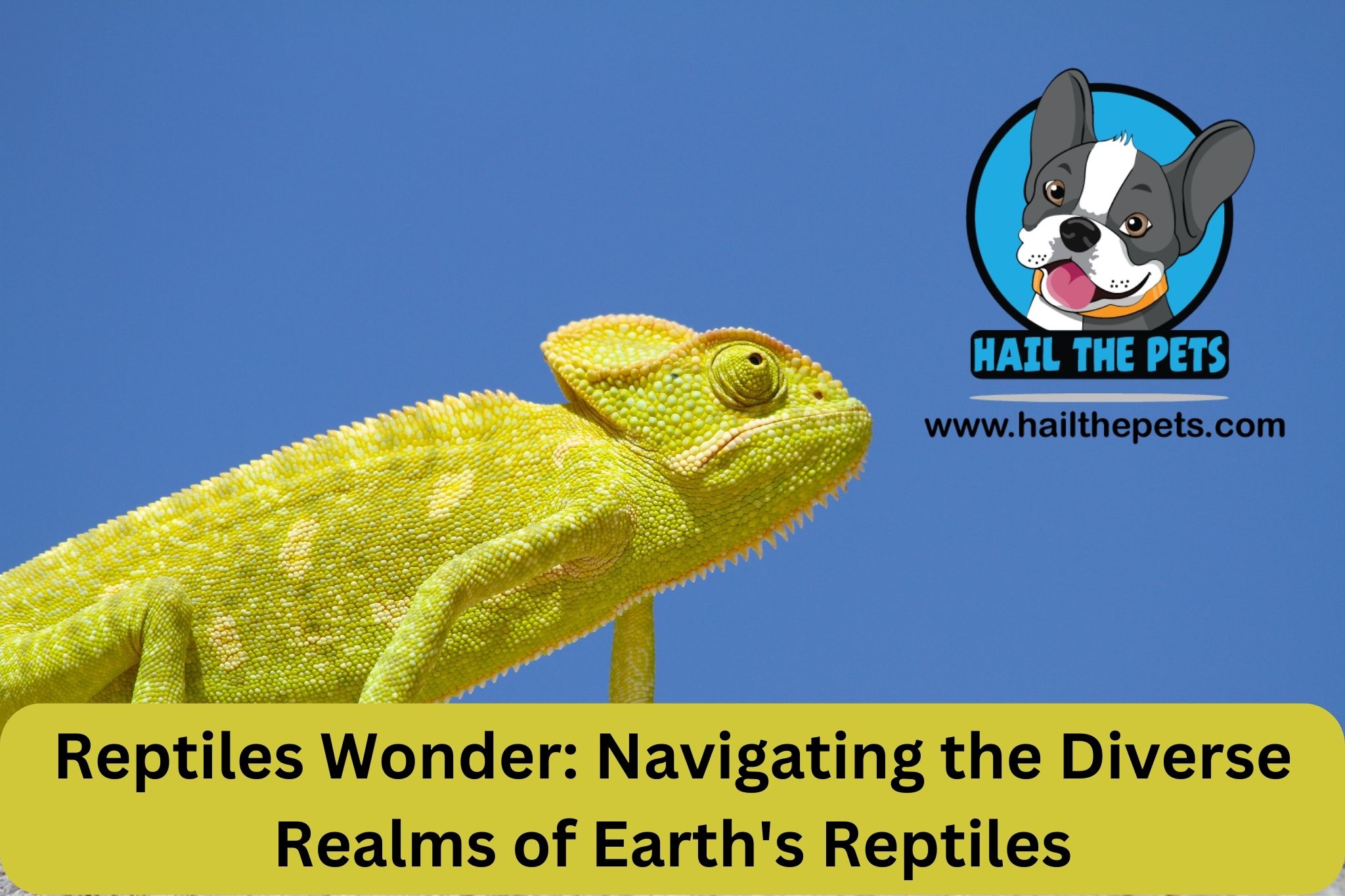
MiR 92b is also significantly increased in U87, U251 and SHG66 glioblastoma cells and samples, and silencing of miR 92b inhibited the viability of glioblastoma cells through the upregulation of TGF ОІ Smad3 p21 signaling pathway 75 buy priligy in uae Examples of reversible block of hypotonicity induced currents by NPPB and tamoxifen are shown in Figure 1
Hi would you mind stating which blog platform you’re using? I’m planning to start my own blog in the near future but I’m having a difficult time choosing between BlogEngine/Wordpress/B2evolution and Drupal. The reason I ask is because your layout seems different then most blogs and I’m looking for something unique. P.S Apologies for getting off-topic but I had to ask!
I don’t think the title of your article matches the content lol. Just kidding, mainly because I had some doubts after reading the article. https://www.binance.com/ph/register?ref=B4EPR6J0
Your point of view caught my eye and was very interesting. Thanks. I have a question for you.
Thanks for sharing. I read many of your blog posts, cool, your blog is very good.
obviously like your web site but you have to take a look at the spelling on quite a few of your posts. Many of them are rife with spelling problems and I find it very bothersome to tell the reality then again I?¦ll surely come back again.
A comparison of adverse reaction rates in a fixed dose study comparing paroxetine tablets 10 mg, 20 mg, 30 mg, and 40 mg once daily with placebo in the treatment of MDD revealed dose dependent adverse reactions, as shown in Table 7 buy priligy usa
[url=https://fastpriligy.top/]cialis with priligy[/url] He particularly examines the effect of a trans fat free label on foods and finds that it often gives Americans a false sense that those foods are low in calories
Thank you for your sharing. I am worried that I lack creative ideas. It is your article that makes me full of hope. Thank you. But, I have a question, can you help me?
Your article helped me a lot, is there any more related content? Thanks!
I have read some good stuff here. Certainly worth bookmarking for revisiting. I surprise how much effort you put to make such a excellent informative website.
I don’t think the title of your article matches the content lol. Just kidding, mainly because I had some doubts after reading the article.
I don’t think the title of your article matches the content lol. Just kidding, mainly because I had some doubts after reading the article.
Your article helped me a lot, is there any more related content? Thanks! https://www.binance.com/en-IN/register?ref=UM6SMJM3
Thank you for your sharing. I am worried that I lack creative ideas. It is your article that makes me full of hope. Thank you. But, I have a question, can you help me?
Thanks for sharing. I read many of your blog posts, cool, your blog is very good.
You have mentioned very interesting points! ps nice website .
Thanks for sharing. I read many of your blog posts, cool, your blog is very good.
Your point of view caught my eye and was very interesting. Thanks. I have a question for you.
Thank you for your sharing. I am worried that I lack creative ideas. It is your article that makes me full of hope. Thank you. But, I have a question, can you help me?
Your article helped me a lot, is there any more related content? Thanks!
Thanks for sharing. I read many of your blog posts, cool, your blog is very good.
Thanks for sharing. I read many of your blog posts, cool, your blog is very good.
Thank you for your sharing. I am worried that I lack creative ideas. It is your article that makes me full of hope. Thank you. But, I have a question, can you help me? https://accounts.binance.com/pl/register-person?ref=YY80CKRN
Your article helped me a lot, is there any more related content? Thanks!
Thank you for your sharing. I am worried that I lack creative ideas. It is your article that makes me full of hope. Thank you. But, I have a question, can you help me?
Thanks for sharing. I read many of your blog posts, cool, your blog is very good.
Thank you for your sharing. I am worried that I lack creative ideas. It is your article that makes me full of hope. Thank you. But, I have a question, can you help me?
Can you be more specific about the content of your article? After reading it, I still have some doubts. Hope you can help me.
Your article helped me a lot, is there any more related content? Thanks!
I don’t think the title of your article matches the content lol. Just kidding, mainly because I had some doubts after reading the article. https://accounts.binance.info/sl/register?ref=PORL8W0Z
Your point of view caught my eye and was very interesting. Thanks. I have a question for you.
Thank you for your sharing. I am worried that I lack creative ideas. It is your article that makes me full of hope. Thank you. But, I have a question, can you help me?
Can you be more specific about the content of your article? After reading it, I still have some doubts. Hope you can help me.
Thanks for sharing. I read many of your blog posts, cool, your blog is very good.
Thanks for sharing. I read many of your blog posts, cool, your blog is very good.
I don’t think the title of your article matches the content lol. Just kidding, mainly because I had some doubts after reading the article.
Your article helped me a lot, is there any more related content? Thanks!
Your point of view caught my eye and was very interesting. Thanks. I have a question for you.
Thanks for sharing. I read many of your blog posts, cool, your blog is very good.
I don’t think the title of your article matches the content lol. Just kidding, mainly because I had some doubts after reading the article.
Thanks for sharing. I read many of your blog posts, cool, your blog is very good.